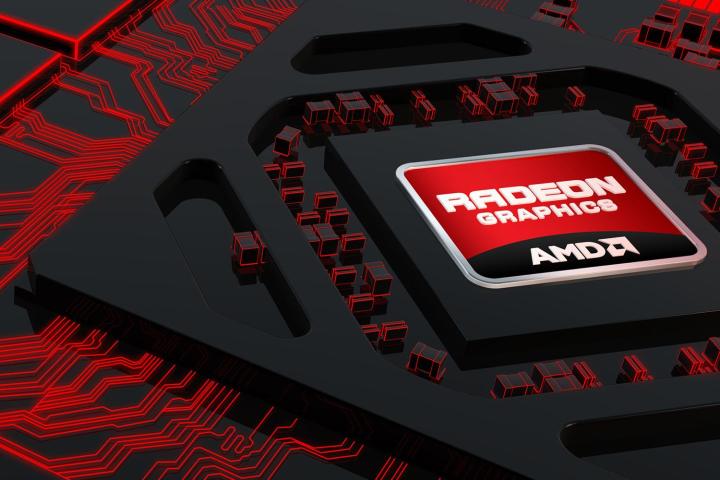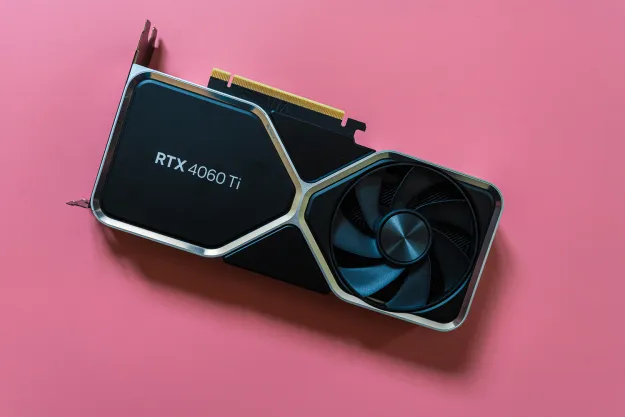
Before we get to the benchmark scores, the rumored specs of AMD’s upcoming card used for the test are as follows: a 1,050MHz core clock, 500MHz memory clock, and 4GB of HBM-1 memory on a 4096-bit bus. Again, these are the rumored specs, and they could vary slightly from those that AMD will announce soon, but they fit with our expectations for the new card, and it makes sense based on what’s offered in competing cards like the NVIDIA Titan X.
As for the results of the benchmarks, first we have the FireStrike Extreme test, which tests cards in 1440p resolution. Here, a single AMD Radeon Fury X scored 7,878, while the Titan X slightly edged it out with a score of 7,989. Moving to the 4K test, which 3DMark calls Firestrike Ultra, AMD’s card gets the nod slightly with a score of 3,960 while NVIDIA’s card achieved 3,862. They are extremely close in all of the tests, and the real world performance differences should be quite small.
Moving to SLI and crossfire configurations, the Fury X CF netted a score of 13,925 on the FireStrike Extreme test, and the Titan X SLI scored 13,964. Again, NVIDIA slightly edged out the AMD card. There were no results for the 4K Ultra test with the cards in SLI, but if the pattern from above remains, then we expect AMD’s cards to score marginally higher than NVIDIA’s.
Editors' Recommendations
- AMD’s graphics card sales just took a nosedive
- Intel may fire the first shots in the next-gen GPU war
- GPU prices are back on the rise again
- Everything you need to know about buying a GPU in 2024
- I’ve reviewed every AMD and Nvidia GPU this generation — here’s how the two companies stack up



